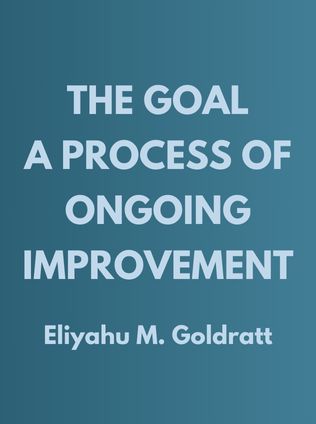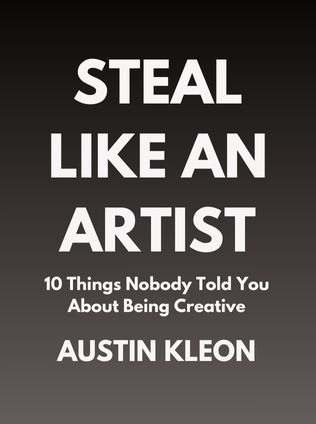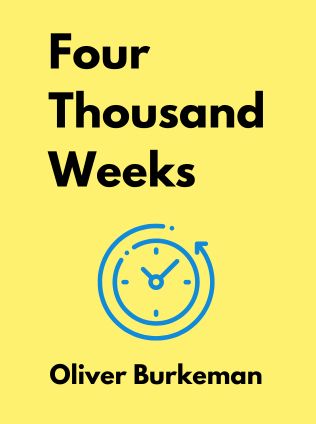
The Goal: A Process of Ongoing Improvement
A Process of Ongoing Improvement
By Eliyahu M. Goldratt
Published 01/1984
About the Author
Eliyahu M. Goldratt, a visionary in the field of business management, was born in Israel in 1947. With a background in physics, Goldratt brought a scientific and analytical approach to business problems, leading to the development of the Theory of Constraints (TOC). His ideas have not only shaped the way businesses think about operations but have also influenced education, management, and strategic planning across various industries. Goldratt's philosophy revolves around the idea that complex systems, whether in business or life, can be improved by focusing on the most critical constraints. His work transcends traditional business practices, encouraging leaders to adopt a mindset of continuous learning and improvement. "The Goal," one of his most famous works, exemplifies his ability to convey complex ideas through storytelling, making abstract concepts accessible and practical for a wide audience.
Main Idea
"The Goal: A Process of Ongoing Improvement" is more than just a business novel; it is a profound exploration of how to achieve success in any endeavor by focusing on what truly matters. At its core, the book presents the idea that the primary goal of any business is to make money, and this goal should drive all decisions and actions within the organization. Goldratt emphasizes that productivity is not merely about working harder or faster but about aligning efforts with the ultimate goal of generating profit. The narrative follows Alex Rogo, a plant manager, who, through the guidance of his mentor Jonah, learns to identify and address the constraints in his production processes. The book introduces readers to the Theory of Constraints, a powerful framework for improving systems by focusing on the weakest links. Through this story, Goldratt illustrates that continuous improvement is not just a business strategy but a way of thinking that can be applied to all aspects of life.
Table of Contents
- Introduction to the Crisis
- Defining the Goal
- The Theory of Constraints
- Identifying Bottlenecks
- Overcoming Bottlenecks
- The Drum-Buffer-Rope System
- Continuous Improvement
- Final Reflections
Introduction to the Crisis
The narrative begins with Alex Rogo, a plant manager for a struggling manufacturing company, facing a dire situation. The plant is consistently failing to meet its production deadlines, leading to frustrated customers, declining sales, and the looming threat of closure. Rogo is under immense pressure from his superiors, particularly his division vice president, who has given him a tight deadline to turn things around or face the consequences. This crisis sets the stage for Rogo’s journey of discovery as he seeks to understand the underlying causes of his plant's problems and find a way to resolve them.
As the story unfolds, Rogo’s personal life also comes into play, adding depth to the narrative. His relationship with his wife is strained due to the long hours and stress he endures at work. This dual pressure from both his professional and personal life serves as a catalyst for the changes he must undertake. Rogo's struggles are relatable, reflecting the challenges many people face when their work-life balance is disrupted by demanding careers. The urgency of the situation forces Rogo to think critically and seek out unconventional solutions, setting the stage for the introduction of the Theory of Constraints.
Defining the Goal
A turning point in the story occurs when Rogo reconnects with Jonah, a physicist and former professor who serves as his mentor. In a series of thought-provoking conversations, Jonah challenges Rogo to rethink his understanding of what the true goal of his company is. Initially, Rogo is focused on traditional business metrics such as cost-cutting, efficiency, and maximizing output. However, Jonah helps him realize that these are not the true measures of success. Instead, the primary goal of any business is to make money. This revelation shifts Rogo's perspective and becomes the foundation for the changes he will implement in his plant.
Sign up for FREE and get access to 1,400+ books summaries.
You May Also Like
The Life-Changing Magic of Tidying Up
The Japanese Art of Decluttering and Organizing
By Marie KondoThe Lean Startup
How Today's Entrepreneurs Use Continuous Innovation to Create Radically Successful Businesses
By Eric RiesWho Moved My Cheese?
An Amazing Way to Deal with Change in Your Work and in Your Life
By Spencer Johnson, M.D.Make Your Bed
Little Things That Can Change Your Life...And Maybe the World
By William H. McRaven



















